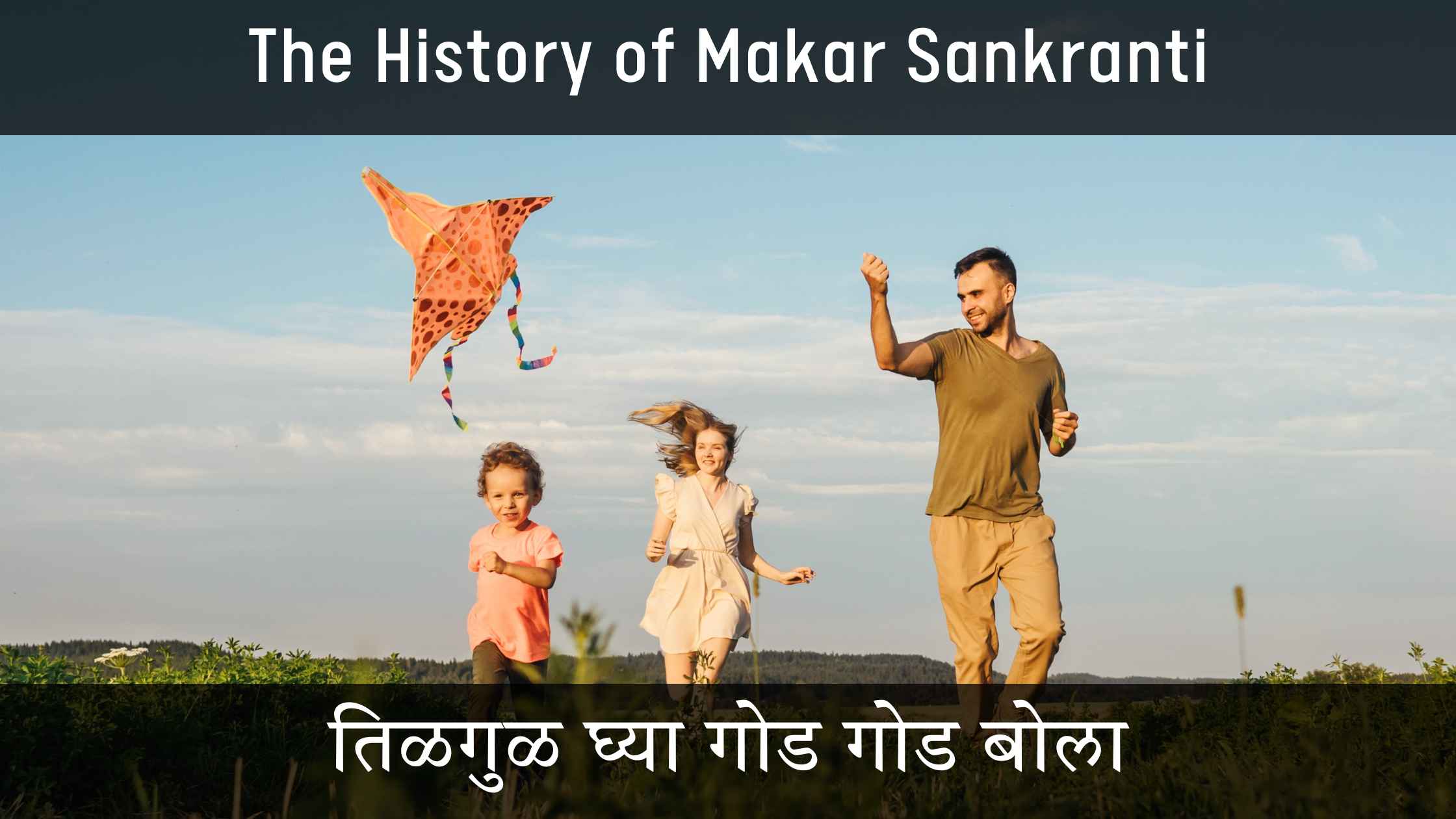Makar Sankranti, one of the most celebrated festivals in India, marks a significant transition in the solar calendar. Observed every year on January 14th, it heralds the shift of the sun into the zodiac sign of Capricorn (Makar), symbolizing the end of winter and the onset of longer, warmer days. This festival, though celebrated across various parts of India, has unique customs and rituals in different regions, and its historical significance goes beyond its role in agriculture and the harvest cycle.
The Mythological Significance of Makar Sankranti
The origins of Makar Sankranti are rooted in Indian mythology and astronomy. According to Hindu tradition, it is believed that on this day, the sun begins its northward journey (Uttarayana), which is considered to be a period of auspiciousness and good fortune. This celestial transition is thought to bring spiritual enlightenment and prosperity to those who celebrate it.
In several myths, the day is associated with the victory of good over evil. One popular story comes from the epic Mahabharata, where it is believed that Lord Krishna defeated the demon, Shankhasura, on this day. Another mythological connection links Makar Sankranti with the story of Bhishma Pitamah, who waited for the sun to enter Uttarayana before he gave up his life, symbolizing his devotion and determination.
The Agricultural Significance of Makar Sankranti
Historically, Makar Sankranti was a harvest festival that celebrated the end of the winter crop and the beginning of the new agricultural cycle. Farmers in India rely on the sun’s position to plan their planting and harvesting schedules, and Makar Sankranti marked a time of thanksgiving for a good harvest. This explains the abundance of sweets made from sesame seeds and jaggery (tilgul) shared during the festival, which signify the harvest and the sweetness of life.
The festival also has strong links to rural communities, where people traditionally fly kites to mark the occasion. Kite flying is not just a recreational activity but symbolizes the triumph of light over darkness, encouraging people to rise above their troubles. The skies on Makar Sankranti are often filled with colorful kites as a sign of hope and joy.
Regional Variations of Makar Sankranti Celebrations
While the core essence of Makar Sankranti remains the same, it is celebrated in a variety of ways across India, with different customs, rituals, and cultural expressions:
In Gujarat, the festival is marked with grand kite-flying competitions, delicious snacks like undhiyu (a mixed vegetable dish), and the popular tilgul (sesame and jaggery sweets).
In Maharashtra, people greet each other with the phrase “Tilgul ghya, god god bola,” which translates to “Take tilgul, speak sweetly.” The sweet sesame-based treats symbolize a wish for a sweet, peaceful year ahead. Rural parts of Maharashtra often celebrate by taking part in traditional dances, singing folk songs, and gathering for community fairs.
Tamil Nadu, it is celebrated as Pongal, a four-day festival that honors the Sun God. The festival is marked by preparing a special dish made from newly harvested rice and sugarcane.
In Punjab, it is celebrated as Lohri, which is also associated with the harvest of rabi crops like sugarcane. Bonfires are lit, and people perform the traditional Bhangra dance to celebrate the harvest.
In Uttar Pradesh, Makar Sankranti is observed by taking holy dips in the Ganges and praying to the Sun God for health and prosperity.
Despite the regional variations, Makar Sankranti is a festival that unites people across India, transcending state boundaries and cultural differences.
How is Tilgul prepared?
Tilgul is one of the food preparations that is most looked forward to by Maharashtrians all over the world. So what is tilgul? Simply put, it is a candy made of Til (White Sesame Seeds) and Gul (Jaggery). There are two versions of this sweet treat, one that is hard and crunchy, and another that is soft and melts in your mouth. Just like the global debate on Apple vs Samsung, there are two types of people, those who either love the hard version and hate the soft, or those who love the soft version and hate the hard. Are you a part of team crunchy or team soft?
Embracing Marathi Culture Through Speak Marathi
As we celebrate Makar Sankranti and its rich cultural history, it’s also an excellent opportunity to explore the linguistic diversity of India. One language that holds a special place in the hearts of millions is Marathi, the language of Maharashtra, which is deeply intertwined with the traditions and celebrations of Makar Sankranti in the region.
For Non-Resident Indians (NRIs) and foreigners interested in learning Marathi, Speak Marathi is an ideal online platform. Offering customized, one-on-one lessons, Speak Marathi makes it easy for learners to get acquainted with the nuances of the Marathi language at their own pace. Whether you’re looking to understand the cultural nuances, communicate with Marathi-speaking communities, or simply enhance your language skills, Speak Marathi provides personalized guidance tailored to your specific needs and learning style.
In a world where cultural connections are becoming increasingly important, learning Marathi can be a rewarding journey. It not only opens doors to understanding the rich history of festivals like Makar Sankranti but also connects you with the diverse and vibrant culture of Maharashtra. So, why wait? Begin your Marathi learning adventure today with Speak Marathi and take your first step towards becoming a part of the dynamic Marathi-speaking world. Register for a free demo session with us today!
Happy Makar Sankranti!


